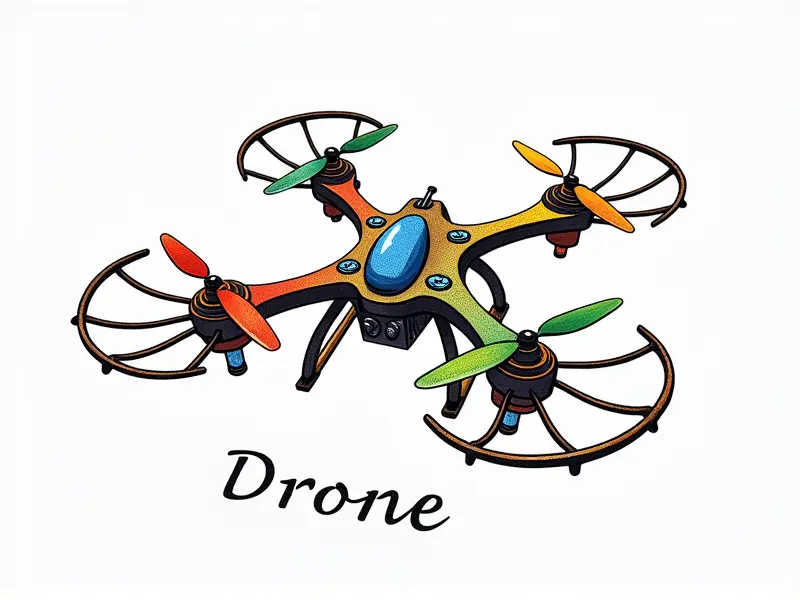Can drones see at night?

Can FPV Racing Drones Fly in the Dark?
The question of whether FPV (First Person View) racing drones can operate effectively during nighttime hours is a common one among enthusiasts and newcomers alike. The answer lies in the capabilities of both the drone's hardware and the pilot’s skill set.
Secrets of Operating Drones at Night
Flying drones at night presents unique challenges, such as reduced visibility and potential legal restrictions. However, with the right equipment and knowledge, nighttime operations can be safe and rewarding.
Best Drones for Nighttime Operations
- DJI Mavic 2 Pro: Equipped with a high-resolution camera that performs well in low-light conditions.
- Hubsan X4 H107D: Compact and lightweight, ideal for covert nighttime surveillance.
- AirHogs Zephyr: Easy to operate and suitable for beginners looking to explore night flying.
Navigating the Dark with FPV Drones
Flying FPV drones at night requires a different approach compared to daytime operations. Pilots must rely on thermal imaging, GPS navigation, and other advanced technologies to maintain control over their drones in low-light environments.
Exploring Drone Visibility After Sunset
The effectiveness of drone visibility after sunset depends largely on the quality of onboard cameras and lighting systems. Many modern drones are equipped with infrared sensors and LED lights that enhance visibility during nighttime flights.
Are Night Vision Cameras Essential for Drones?
Night vision cameras can significantly improve a drone's performance in low-light conditions, providing pilots with clearer images and better situational awareness. However, they may not be essential for all types of nighttime operations.
How Effective Are Night-Powered Drones?
Drones designed specifically for night-time use are highly effective due to their specialized features such as enhanced lighting systems, thermal imaging capabilities, and robust navigation tools that ensure safe and efficient operation in the dark.
Drones Equipped for Night Surveillance
For surveillance purposes, drones equipped with high-resolution cameras and infrared sensors offer unparalleled visibility during nighttime operations. These drones are ideal for security applications and wildlife monitoring.
Secrets of Flying Drones at Night
- Use LED lights: Bright LEDs can illuminate the area around the drone, making it easier to track its movements.
- Leverage GPS technology: Modern drones with built-in GPS systems can maintain stable flight paths even in complete darkness.
- Practice during twilight hours: Gradually acclimate yourself to flying at dusk before attempting full nighttime flights.
Can Drones See in the Dark?
Yes, drones are increasingly equipped with advanced imaging technologies that allow them to operate effectively in low-light conditions. Features like infrared cameras and thermal sensors enable drones to "see" even when human eyes cannot.
Drones with Night Vision Capabilities
- Flir Duo R: Combines both visible light and thermal imaging for comprehensive nighttime surveillance.
- Aeryon SkyRanger B: Equipped with high-resolution cameras and advanced navigation systems suitable for night-time operations.
Conclusion
Flying drones at night presents unique challenges but also offers exciting opportunities. With the right equipment, such as LED lights, GPS technology, and specialized cameras like infrared sensors and thermal imaging devices, pilots can navigate the dark with confidence. Whether for surveillance, racing, or exploration, nighttime drone operations are becoming more accessible and effective thanks to advancements in drone technology.

